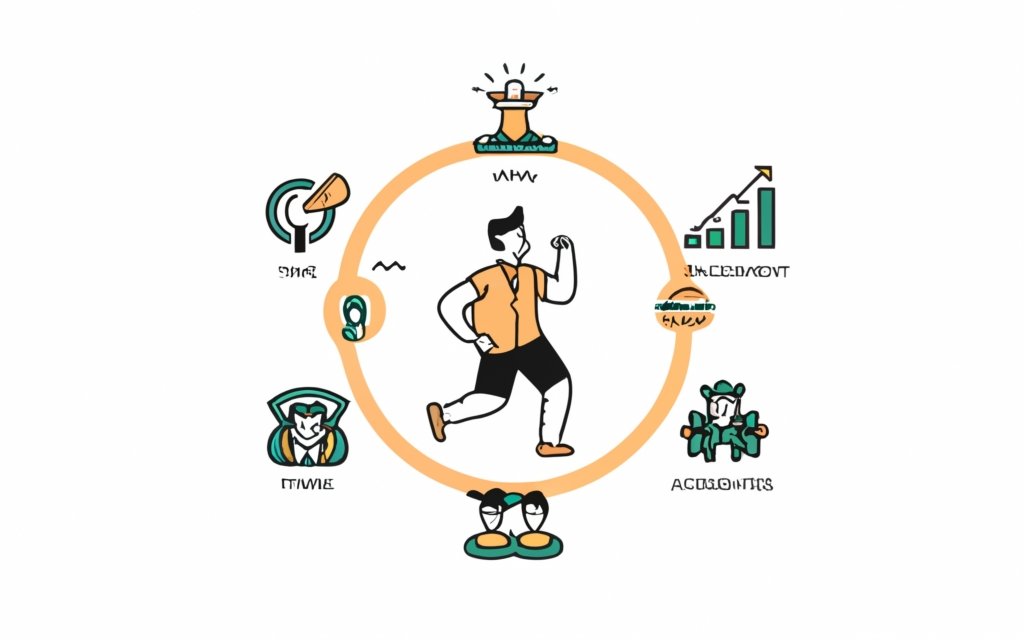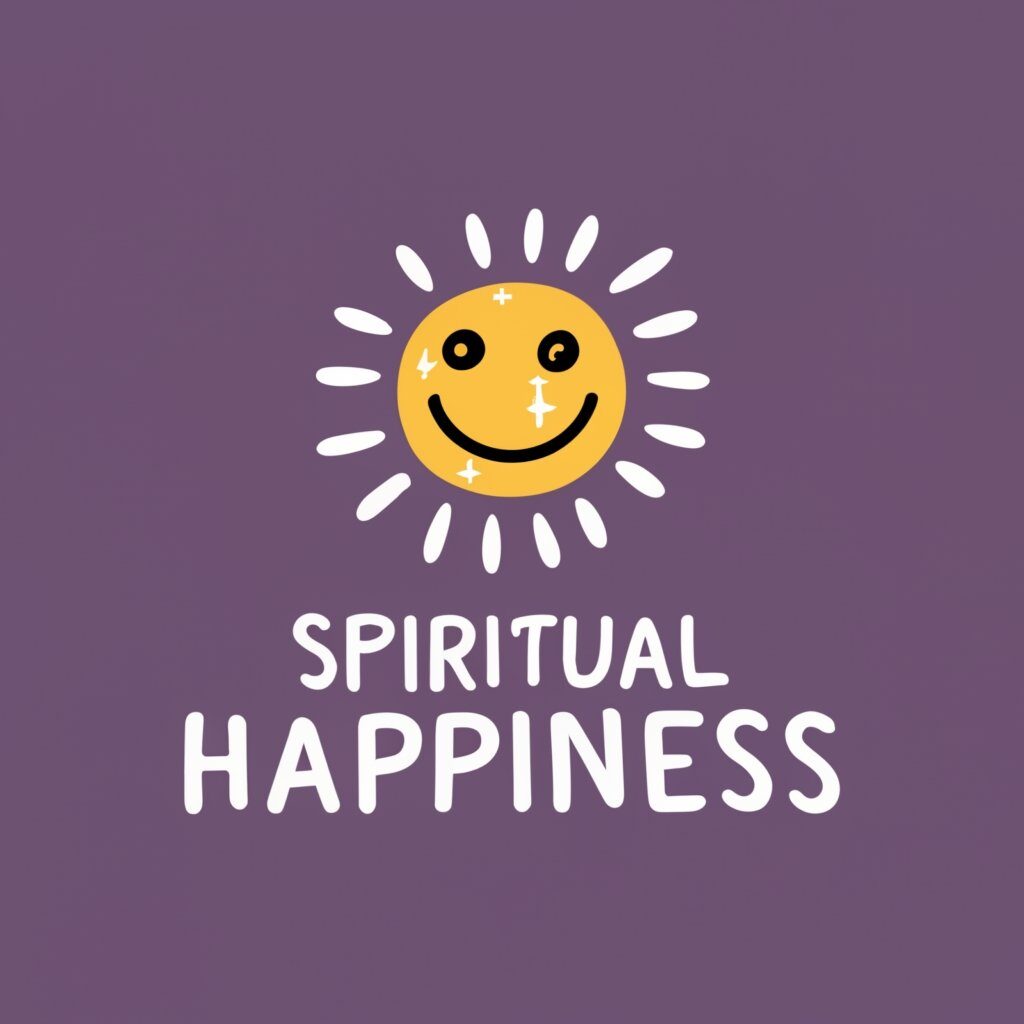Unlocking the Power of Briefer Exercise Sessions: A Path to Enhanced Balance in Your Fitness Regimen
Discover the Prowess of Shorter Workouts and Their Role in Achieving Exercise Equilibrium
In the realm of at-home fitness, shorter workouts have unassumingly but firmly staked their claim, revolutionizing how people engage in exercises such as yoga, Pilates, and cardio. This paradigm shift has been enthusiastically embraced by those grappling with jam-packed schedules, as it simplifies the integration of a workout into their daily lives. However, the allure of shorter workouts isn’t solely due to their time-saving qualities; it’s their remarkable effectiveness that truly captivates the fitness community.
Understanding the Significance of Spiritual Health
The Benefits of Brief Exercise

The era when exercise demanded an hour, or even more, at the gym has given way to a new philosophy – do what time allows, as a little effort can produce substantial gains. According to Larissa Nicole, a Certified Personal Trainer (CPT), Registered Holistic Nutritionist (RHN), and founder of Larissa Nicole Fitness, a shorter workout typically encompasses anything under the 30-minute mark. It may even encompass “mini” or “micro” workouts, which usually clock in at less than 15 minutes.
Nicole underscores the remarkable efficacy of shorter workouts, particularly for individuals with tight schedules. This trend has democratically opened the doors to exercise for busy mothers, shift workers, students, and individuals juggling multiple jobs. The pervasive misconception that an hour of gym time is a prerequisite for maximizing the benefits of a training session is debunked by Nicole. She asserts that workouts shorter than 30 minutes, achievable from the comfort of your own home, can profoundly impact your overall health.
One appealing aspect of shorter workouts is their adaptability. You can recalibrate your exercise regimen to exclusively feature these brief sessions. This is especially viable if your lifestyle or schedule can’t accommodate longer training sessions. According to Nicole, dedicating consistent time to shorter workouts is more attainable than sporadically striving for longer, more demanding sessions.
The key to their effectiveness, Nicole contends, lies in consistency. She emphasizes that it’s not the workout itself, but the ability to adhere to a consistent routine over time that produces results. The approachable nature of workouts under 30 minutes fosters sustained adherence, in contrast to the potential dread of hour-long sessions.
Attaining Exercise Equilibrium
Balancing your exercise routine necessitates a thoughtful evaluation of your current circumstances, followed by strategic adjustments to make your fitness objectives more accessible. If you aim to incorporate shorter workouts into this equilibrium, Larissa Nicole offers a roadmap for success.
First, you must determine the realistic amount of time you can genuinely allocate to exercise each day or week. This could entail finding 10 minutes daily or committing to 30 minutes thrice a week. Nicole advises physically scheduling these time blocks into your calendar to enforce commitment.
After deciding on your temporal allocations, consider the types of exercises you intend to pursue. Prioritizing the training of all muscle groups at least twice within your weekly schedule is crucial. Research suggests that the frequency of training is more advantageous for strength development than the total workout duration.
In practical terms, your workout calendar may involve daily 15-minute sessions or a combination of three 10-minute workouts and two 45-minute workouts. The essence of balance doesn’t lie in the duration of your workouts but in aligning them with your real-life timetable.
Embracing shorter workouts or committing to daily micro-sessions not only helps you achieve your movement objectives but also promotes recovery balance. Overtraining can obstruct the body’s ability to recuperate fully, while shorter workouts can enhance movement patterns without overtaxing the muscles, potentially leading to improved performance.
The Art of Crafting a Well-Balanced Workout Regimen

Mastering the Harmony of Shorter Workouts for Optimal Fitness
In the ever-evolving landscape of fitness, the concept of shorter workouts is more than just a trend—it’s a paradigm shift that has been embraced by individuals seeking a pragmatic approach to physical well-being. These truncated workouts offer a gateway to fitness for those living fast-paced lives, but their effectiveness transcends convenience.
A World of Benefits

The prevalence of time-consuming workouts at the gym is gradually becoming a relic of the past. Today, the fitness ethos champions the idea of “fit in what you can” as an alternative to grueling hour-long sessions. Larissa Nicole, a seasoned fitness expert, underscores that a shorter workout, typically under 30 minutes, is not only attainable but remarkably impactful. This evolution has rendered exercise accessible to a broad spectrum of society, from the tireless mother to the night-shift worker.
The myth that one must laboriously toil for an hour to reap the rewards of exercise is debunked by Nicole. She asserts that even workouts spanning 30 minutes or less, performed within the comforts of your own space, can wield a significant influence over your overall health. Remarkably, the adaptability of these workouts allows you to replace longer sessions with shorter ones, without sacrificing efficacy, aligning seamlessly with your lifestyle and commitments.
Nicole’s wisdom lies in highlighting the importance of consistency. It’s not the duration of the workout that is the ultimate measure of success; it’s the regularity of your efforts over time that truly counts. Shorter workouts foster this consistency, offering a palatable alternative to the sometimes daunting prospect of hour-long gym sessions.
Striking the Perfect Balance
Achieving equilibrium in your fitness journey involves assessing your current circumstances and strategically calibrating your fitness goals to make them more manageable. For those seeking to infuse shorter workouts into their routine, Nicole provides a practical roadmap.
Start by honestly evaluating the amount of time you can realistically set aside for exercise on a daily or weekly basis. This could mean finding a daily pocket of 10 minutes or committing to three 30-minute sessions each week. Nicole strongly advises that you inscribe these commitments into your calendar, transforming them from mere aspirations into concrete appointments.
Once you’ve carved out your time slots, contemplate the types of exercises you will engage in. Nicole emphasizes the importance of training all major muscle groups at least twice a week, a recommendation backed by research demonstrating the superiority of frequency over duration for strength training.
In practical terms, your schedule might take the form of daily 15-minute sessions or a blend of three 10-minute workouts and two 45-minute routines. True balance is achieved not by focusing on the clock but by harmonizing your workouts with your daily life.
Embracing shorter workouts or daily micro-sessions extends beyond just achieving your movement goals. It also serves as a safeguard against overtraining, a state that can obstruct your body’s ability to recover fully. These shorter workouts can help solidify movement patterns without overburdening your muscles, thereby enhancing overall performance.
Editor’s Note: This article serves an educational purpose and does not substitute for professional medical advice, diagnosis, or treatment. Always consult a qualified healthcare provider for any medical concerns or before embarking on dietary, supplement, fitness, or health programs.
Conclusion: Harnessing the Power of Shorter Workouts

In conclusion, the surge in popularity of shorter workouts represents a pivotal shift in the world of fitness. These truncated exercise sessions have transcended mere trends, offering a pragmatic path to a balanced and sustainable fitness regimen. The paradigm shift isn’t merely about time efficiency, though it unquestionably makes exercise more accessible for those leading busy lives. What truly sets shorter workouts apart is their remarkable effectiveness.
Larissa Nicole, a distinguished fitness expert, affirms that workouts under 30 minutes are potent tools for achieving overall health. They defy the outdated belief that prolonged hours at the gym are a prerequisite for reaping the rewards of exercise. The flexibility to seamlessly incorporate shorter workouts into your daily routine, and the encouragement of consistency, render them invaluable allies in the quest for well-being.
Frequently Asked Questions
Q1: Can shorter workouts really replace longer ones for optimal fitness?
A1: Absolutely. While longer workouts certainly have their place, shorter workouts, often under 30 minutes, can be highly effective in improving your overall health. They offer a practical solution for those with busy schedules and can promote consistency, a key factor in successful fitness endeavors.
Q2: What is the ideal frequency for shorter workouts?
A2: The ideal frequency depends on your personal goals and schedule. The key is to strike a balance that is both manageable and sustainable. Training major muscle groups at least twice a week is often recommended for strength development, but adapt your schedule to your specific needs.
Q3: How can shorter workouts promote recovery and prevent overtraining?
A3: Shorter workouts, when executed correctly, can reinforce movement patterns without overloading your muscles. This approach helps your body recover fully between sessions, reducing the risk of overtraining and enhancing overall performance.
Q4: Are shorter workouts suitable for all fitness levels?
A4: Shorter workouts can be adapted to various fitness levels. They can serve as a valuable starting point for beginners and a convenient solution for busy individuals. However, advanced fitness enthusiasts can also benefit by incorporating them as part of a diversified routine.
In your pursuit of fitness equilibrium, shorter workouts are a potent tool that offers a versatile, sustainable, and accessible path to your well-being goals. Remember that the journey to fitness is a personal one, and it’s essential to find an approach that aligns with your unique circumstances and objectives.





